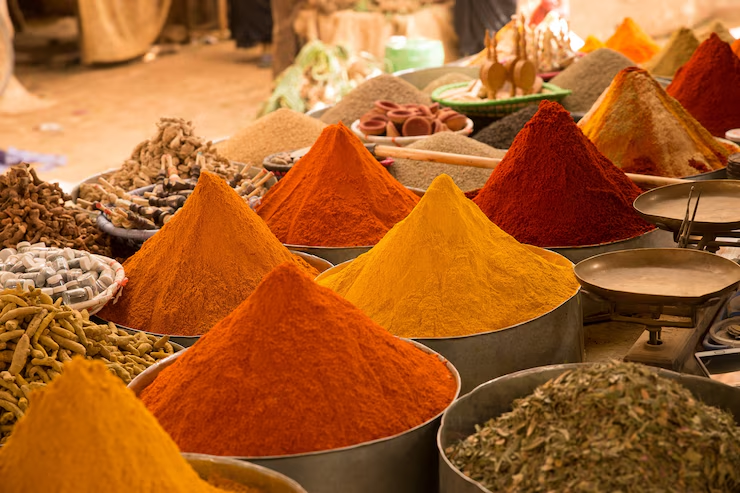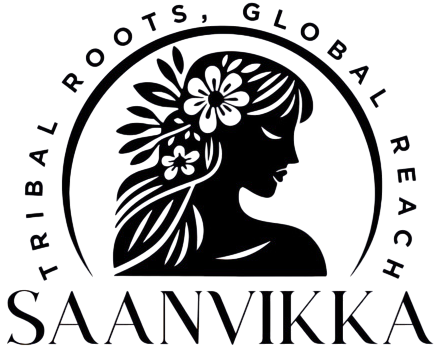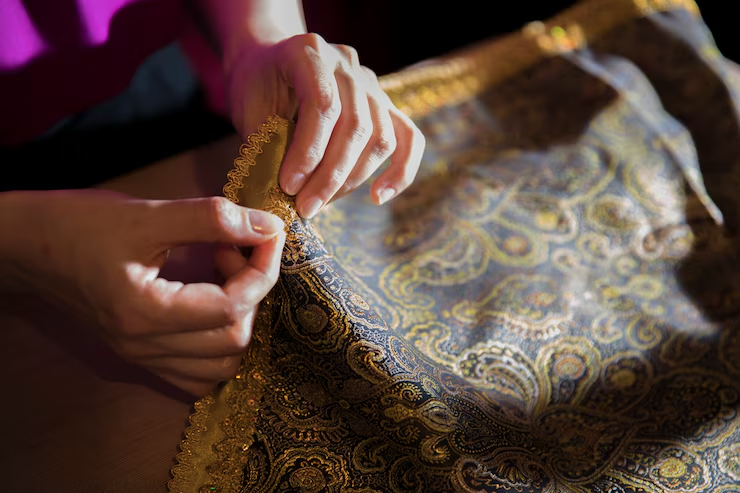
Indian handwoven textiles have long captivated the world with their intricate craftsmanship, vibrant colors, and rich cultural heritage. These textiles are more than just fabric—they are a legacy passed down through generations, showcasing the diversity, artistry, and identity of India’s regional traditions. In a world increasingly dominated by fast fashion, the enduring charm of Indian handlooms stands as a testament to timeless elegance and sustainable craftsmanship.
A Heritage Woven in Thread
Every region of India is home to unique weaving styles, techniques, and materials. From the luxurious Banarasi silk of Uttar Pradesh to the earthy Khadi of Gujarat, and the intricate Ikat of Odisha and Andhra Pradesh, Indian handlooms narrate stories of communities, rituals, and centuries-old traditions. These textiles are often crafted using age-old techniques that require meticulous attention to detail and months of patient work.
The beauty of handwoven fabrics lies not only in their visual appeal but also in the human touch involved in their creation. Each piece carries the essence of its maker—making every garment, saree, or home accessory truly one-of-a-kind.
Sustainability Meets Style
In today’s global fashion landscape, there is a growing shift toward eco-conscious and ethical choices. Indian handwoven textiles naturally align with this movement. Made using natural fibers like cotton, silk, and wool, and often dyed with plant-based or low-impact dyes, these fabrics are inherently sustainable.
Unlike mass-produced machine fabrics, handlooms consume significantly less energy and water. By supporting handwoven products, buyers not only invest in quality and longevity but also contribute to environmental conservation and rural employment.
Cultural Identity on the Global Stage
Over the years, Indian handlooms have found admirers in global fashion houses and among conscious consumers around the world. Designers have embraced these fabrics for their versatility and character—often blending traditional patterns with modern silhouettes. Handwoven scarves, table runners, and cushion covers are increasingly popular in home décor for their unique aesthetic.
The global demand for authentic, handmade, and ethically produced goods has placed Indian textiles in a strong position within the export market. Businesses like Saanvikka play a vital role in showcasing and supplying these treasures to international buyers who seek genuine craftmanship with cultural depth.
Empowering Communities
Handloom weaving is more than an industry in India—it’s a livelihood for millions of artisans, especially women in rural areas. When you choose handwoven textiles, you help preserve their craft and empower communities. This direct economic support promotes fair trade and sustains regional economies steeped in heritage.
Final Thoughts
The appeal of Indian handwoven textiles lies in their soul—woven with care, culture, and a sense of belonging. They are timeless not because they resist change, but because they adapt while honoring tradition. Whether you’re a retailer, a designer, or a conscious consumer, embracing Indian handlooms is a celebration of beauty, sustainability, and humanity.



